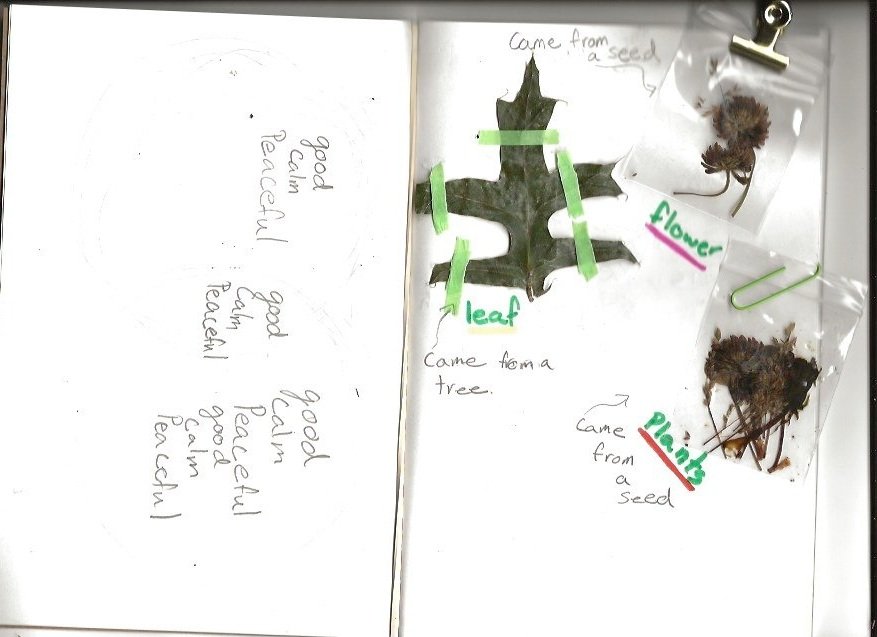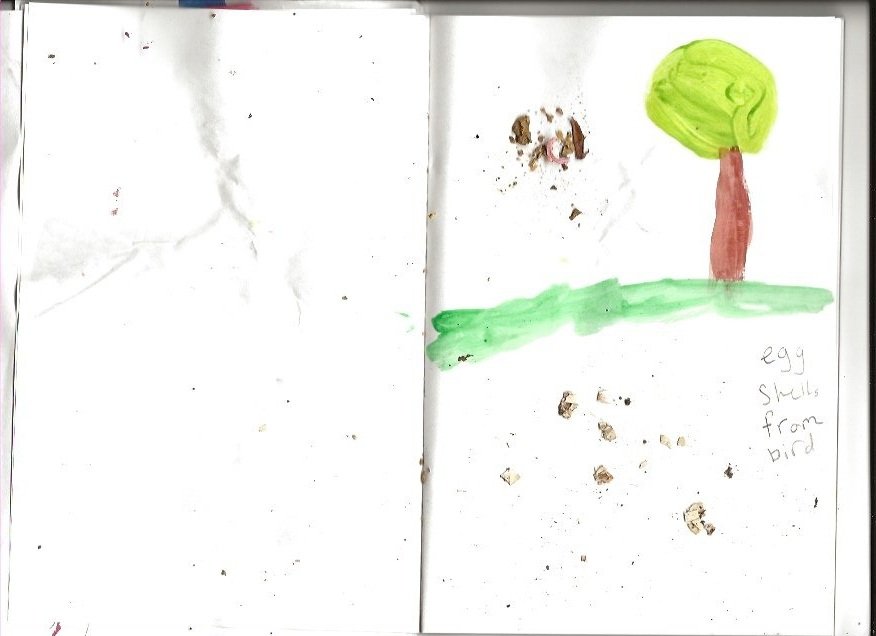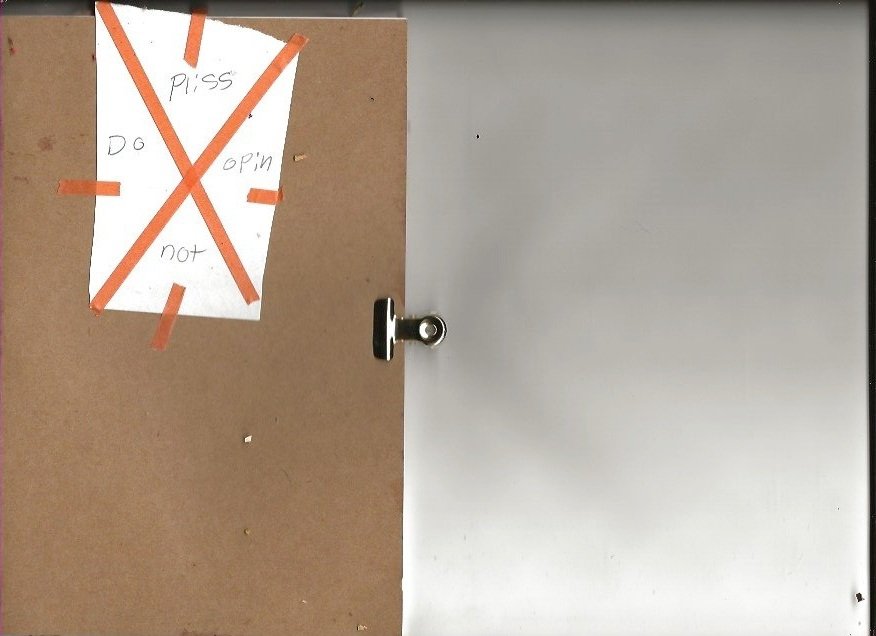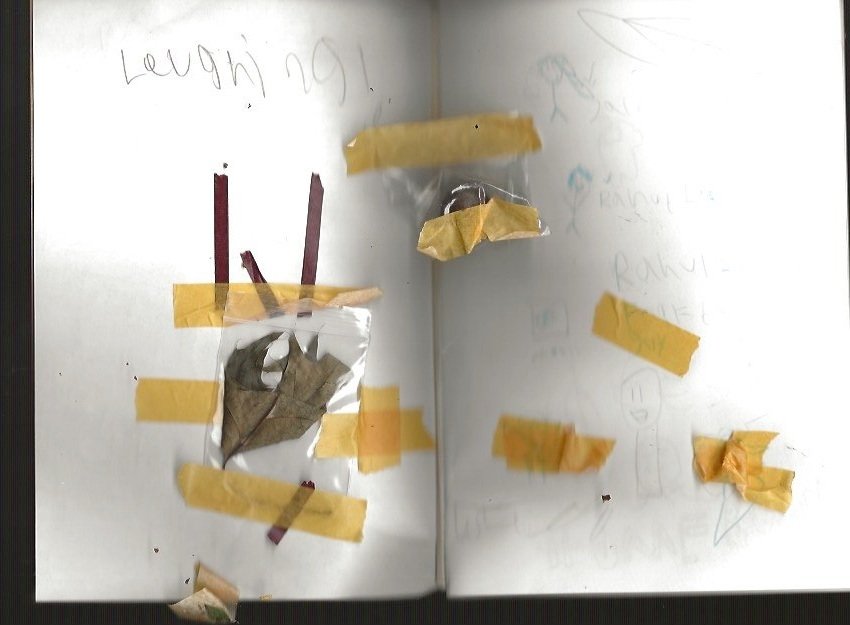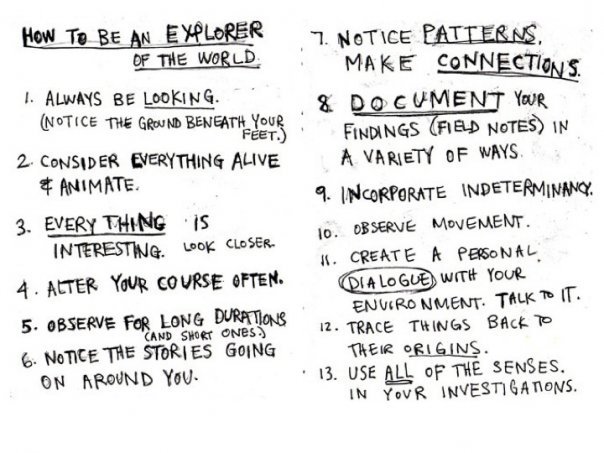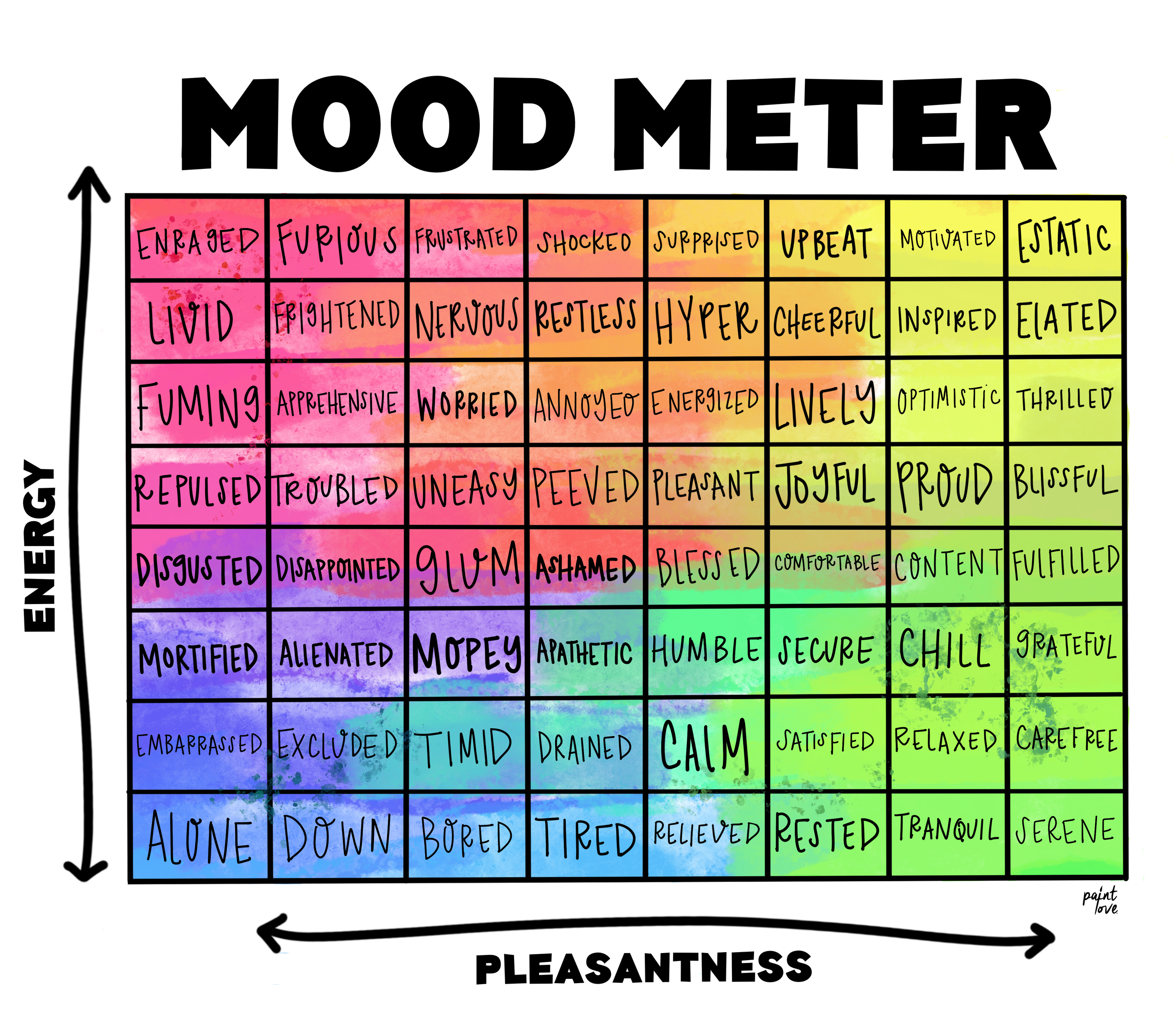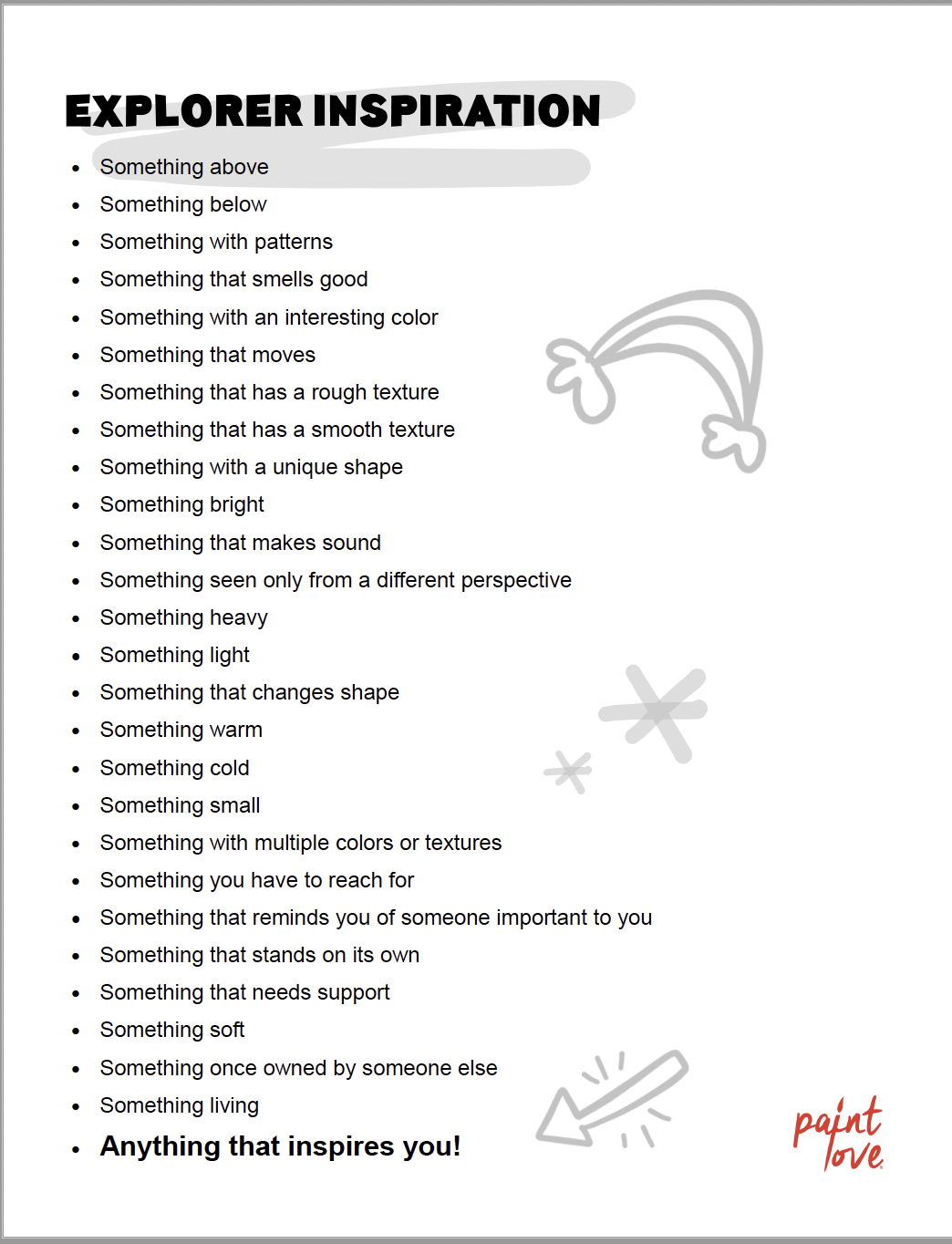Talley Street x FAVE
Fiber Arts + Sustainability
Student + family resources
Refresh your weaving skills to keep weaving at home!
Print-able instructions (click to download a high-res PDF file)
Talley resource guide < Click here for all the info in a pdf!
Links to the community partners
SUSTAINABILITY RESOURCES
DECATUR SECONDHAND CLOTHING STORES
Vintage is always cool and buying second-hand is the most sustainable way to buy new-to-you clothes!
Value Village: Second Hand Used Clothing Thrift & Vintage Store
Queenies Consignment - https://queeniesconsignment.com/
Finders Keepers Fashion and Furniture - https://fkconsign.com/
Second Life Atlanta - http://secondlifeatlanta.org/
Goodwill of North Georgia https://goodwillng.org/locations/northeast-plaza-store-donation-career-center-30329/
Last Chance Thrift Store - https://www.yelp.com/biz/last-chance-decatur
CLOTHING CARE RESOURCES – TIPS AND TRICKS FOR MAINTAINING CLOTHING
It may seem silly, but one of the most radically sustainable ways you can keep clothing out of the landfill is to take really good care of the things you have! Learning to do laundry in a way that extends the life of your clothing can be a radical act of sustainability that you can do right at home or at the laundromat!
Stitch Fix Ultimate Guide to Washing Your Clothes : https://www.stitchfix.com/women/blog/fashion-tips/ultimate-washing-guide/
MENDING AND REPAIRING CLOTHING RESOURCES
People weren’t always able to order something new at the press of a button. As you learned from weaving, a lot of work, time, and resources go into making each piece of clothing, so making what you’ve got last as long as possible is a big way you can help keep clothing out of the landfill. Plus, learning to sew can help you customize your clothes to be totally unique!
How to Sew on a Button -https://youtu.be/Du6gq3ks0SQ
How to Sew on a Patch- https://www.youtube.com/watch?v=OYdA1aBcUXM
How to Mend a Small Hole - https://www.youtube.com/watch?v=a-DApWLikWQ
How to Mend a Small Hole – No Sewing - https://youtu.be/qLmyvTQV4rk
How to Mend a Hole in Knitted Garments (Sweaters, Cardigans) - https://youtu.be/AVVawL1LD6Y
How to Darn a Sock- https://youtu.be/y5E4iEGLPcc
weaving Resources
Getting started with weaving
Weaving Slideshow (PDF version)
Link to Canva (an alternate way of viewing it)
link to the video of the laser cutter (since it’s just a still image on the PDF)
Book list - links to stories being read aloud
Charlie Needs a Cloak (great descriptions of weaving process)





















































